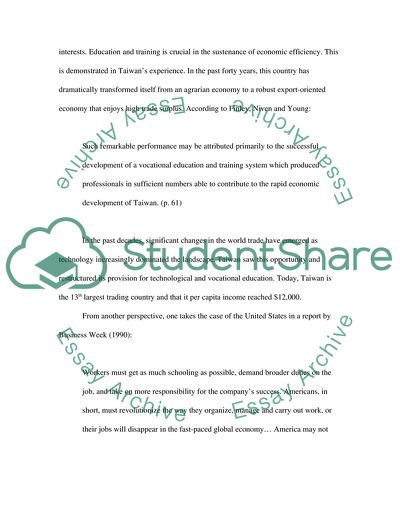Cite this document
(How Can Cross-National Comparisons Help Understand Benefits and Essay, n.d.)
How Can Cross-National Comparisons Help Understand Benefits and Essay. Retrieved from https://studentshare.org/education/1733922-how-can-cross-national-comparisons-help-us-understand-benefits-and-disadvantages-of-vet-systems-discuss-with-reference-to-two-countries-of-your-choice
How Can Cross-National Comparisons Help Understand Benefits and Essay. Retrieved from https://studentshare.org/education/1733922-how-can-cross-national-comparisons-help-us-understand-benefits-and-disadvantages-of-vet-systems-discuss-with-reference-to-two-countries-of-your-choice
(How Can Cross-National Comparisons Help Understand Benefits and Essay)
How Can Cross-National Comparisons Help Understand Benefits and Essay. https://studentshare.org/education/1733922-how-can-cross-national-comparisons-help-us-understand-benefits-and-disadvantages-of-vet-systems-discuss-with-reference-to-two-countries-of-your-choice.
How Can Cross-National Comparisons Help Understand Benefits and Essay. https://studentshare.org/education/1733922-how-can-cross-national-comparisons-help-us-understand-benefits-and-disadvantages-of-vet-systems-discuss-with-reference-to-two-countries-of-your-choice.
“How Can Cross-National Comparisons Help Understand Benefits and Essay”, n.d. https://studentshare.org/education/1733922-how-can-cross-national-comparisons-help-us-understand-benefits-and-disadvantages-of-vet-systems-discuss-with-reference-to-two-countries-of-your-choice.


